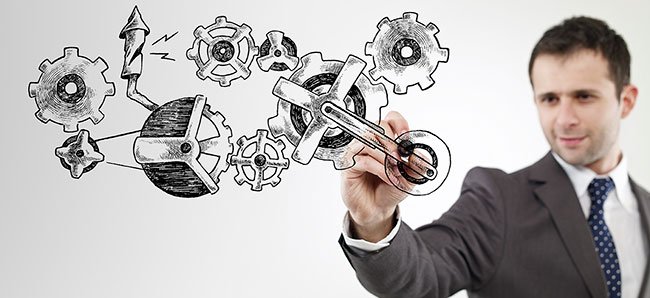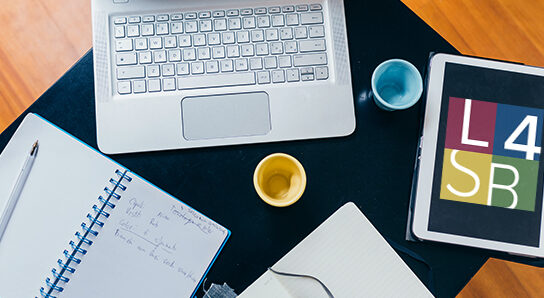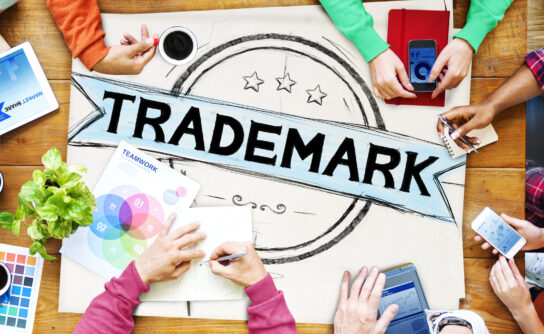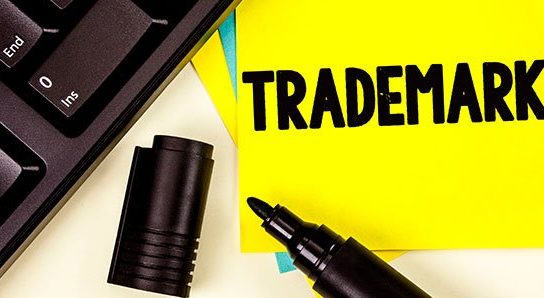What is a Patent?
Many small business owners are admittedly confused when it comes to patents. A U.S. patent is a bundle of legal rights relating to an invention granted by the Federal government to the owner of the patent. The patent grants the patent owner the exclusive right to make, use, offer to sell, sell, and import the patented invention into the U.S.
A provisional patent is an inexpensive way to claim a priority date (over others) for your invention.
Types of Patents
There are three types of patents that are of interest to inventors:
- Utility Patents.
- Design Patents.
- Provisional Patents.
Utility Patents are what most people are thinking of when they think of patents. Utility patents describe and claim an invention’s utility. In other words, utility patents cover what the invention does and how it works and how it is built and used.
Design Patents describe, illustrate and claim what an invention looks like – its ornamental design. Some inventions may have both new functionality and new ornamental aspects and may be eligible for both utility and design patents.
Provisional Patents are, strictly speaking, a subtype of utility patents. They have much lower application fees and fewer formal requirements, hence a much lower overall cost. Provisional patent applications are not examined and do not directly lead to a patent grant.
Provisional patent applications are generally used to establish a priority date for later utility patent applications. Provisional patent applications may also be used in cases where the design of an invention is fluid and the inventor is not ready to file a full (non-provisional) utility patent application
What Kinds of Inventions Can Be Patented?
In general, you cannot patent an idea. Your invention must be new, useful and non-obvious.
Utility patents can be obtained for processes (including methods), machines (e.g. apparatuses, mechanical and electronic devices), manufacture (e.g. most types of manufactured articles), or composition of matter (e.g. chemical compounds, nutritional supplements, etc).
To be patentable:
- The invention must be new. An invention is considered new if the invention has not been previously patented in the U.S. or abroad and has not been described in a printed publication or otherwise disclosed to the public more than one year ago. Note that an invention that is an improvement of an existing patented invention can qualify as new and be patentable.
- The invention must also be useful. That is to say, the invention must have a use that provides some benefit to a user of the invention. Such benefit doesn’t need to be especially serious or substantial. An invention that merely has entertainment value or appeals to a very narrow audience can still be considered useful for patenting purposes.
- Lastly, the invention must also not be obvious. An invention is considered obvious where it is an obvious combination of previously known elements such as a combination of the features of two or more preexisting patents. Laws of nature, naturally occurring substances and mere ideas cannot be patented, although specific applications of such laws, substances and ideas may be patentable.
Design patents can be obtained for new ornamental designs. Any aspects of how an invention looks that are related to functionality and are not purely decorative, are not eligible for design patent protection.
What is the Basic Structure of a Patent?
Patents can be long and complicated but their basic structure can be summarized very briefly. Patents always include:
- An abstract summarizing the invention in broad terms.
- A specification with a detailed description of at least one embodiment of the invention. Such a description may be (and typically is) accompanied by drawings where such drawings help to better illustrate the invention.
- Claims which particularly point out what aspects of the invention the applicant believes distinguishes the invention from the prior art.
What is the Process for Obtaining a Patent for an Invention?
A lot of work goes into a filing a patent application. Control your costs with an effective prior-art search.
The process for obtaining a patent on an invention is complicated when you dig down into the details, but in outline is quite simple:
- Research the Prior Art. The patent applicant researches related inventions to determine if anyone else has developed or patented anything similar to the invention to be patented — that is to say, does the invention appear to be new?
- Evaluate the Prior Art. After conducting the prior art search, evaluate your invention as against the prior art to determine whether your invention is new. If not, you may need to revise or improve your invention, or simply abandon a patent altogether. Note there are other ways to protect good ideas. See our article entitled, Protecting Your Company’s Trade Secrets.
- Create, File and Submit a Patent Application If the invention appears to be new, a patent application is prepared and submitted to the U.S. Patent and Trademark Office (USPTO).
- USPTO Examination. The USPTO examines the patent application. In particular, the USPTO determines if the application meets basic legal requirements and is not similar or identical to other published or patented inventions or obvious combinations of other published or patented inventions.
- Amend the Patent Application, if Initially Rejected. If the USPTO determines the invention is not new or decides the invention is obvious, the patent application is rejected. The applicant can then present arguments to the examiner, possibly along with amendments to the claims of the application, to convince the examiner that the patent application describes and claims an invention that is new, useful and not obvious.
- Patent Issued. If the USPTO is persuaded the patent described is new, useful and not obvious, the patent is allowed, and on payment of a fee, the patent is issued.
A patent can be in force, with maintenance fees, for 20 years from the date of filing in the case of utility patents, and 15 years from the date of issue in the case of design patents.
Law 4 Small Business, P.C. (L4SB). A little law now can save a lot later.




